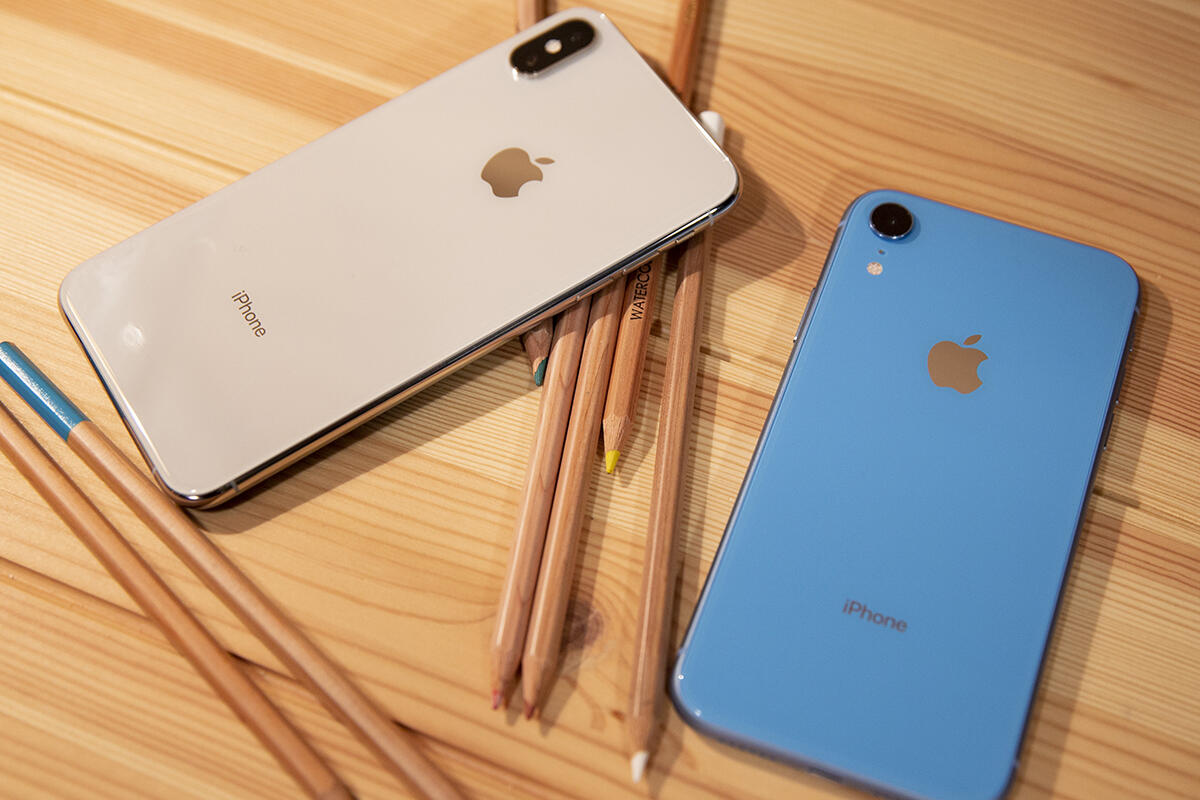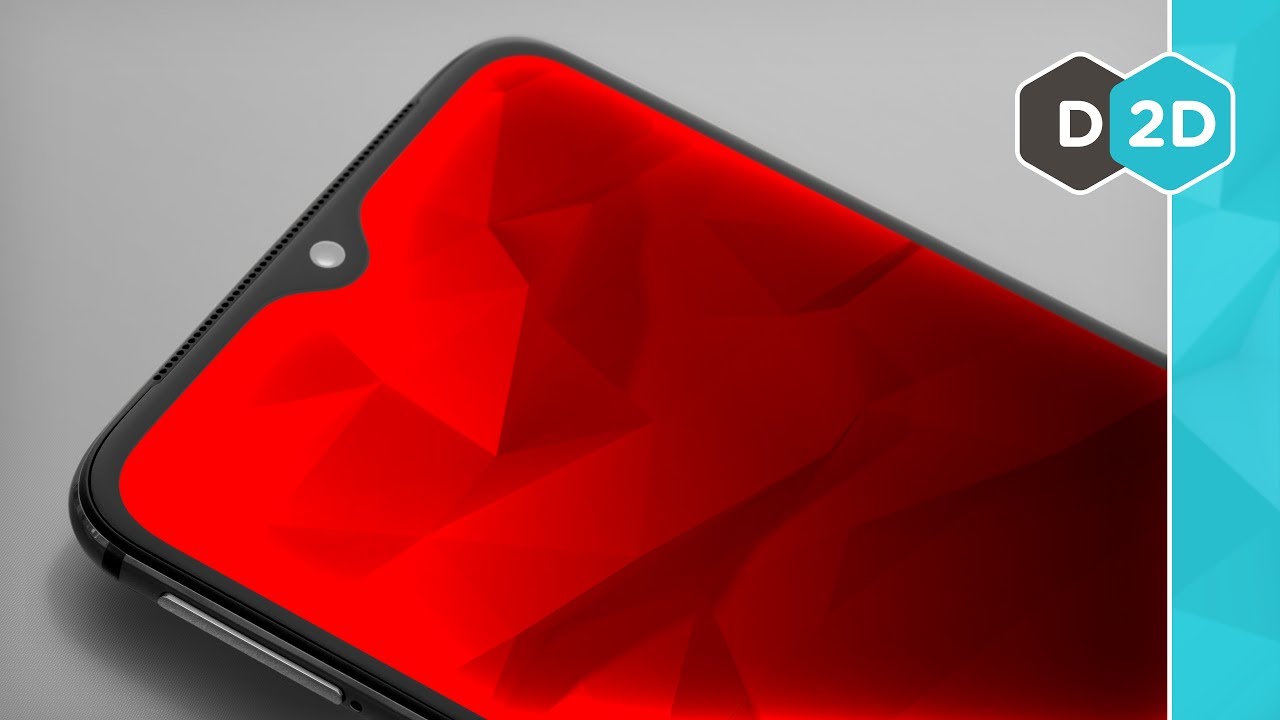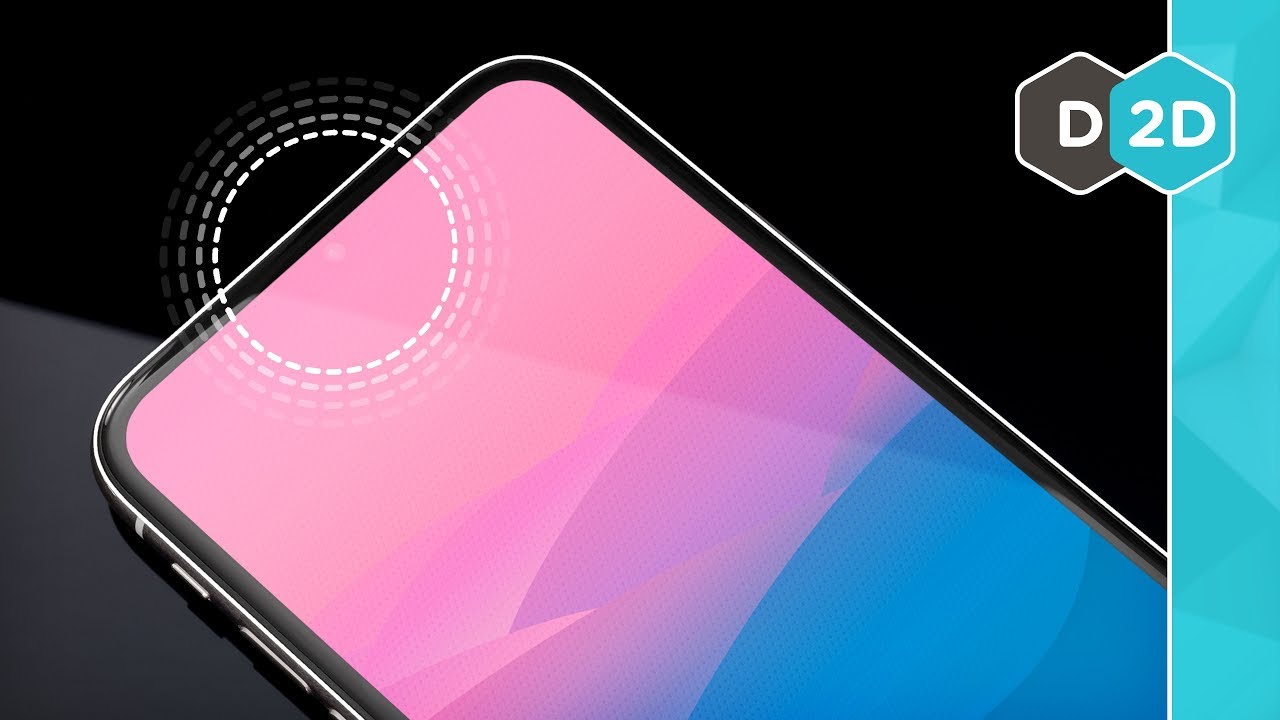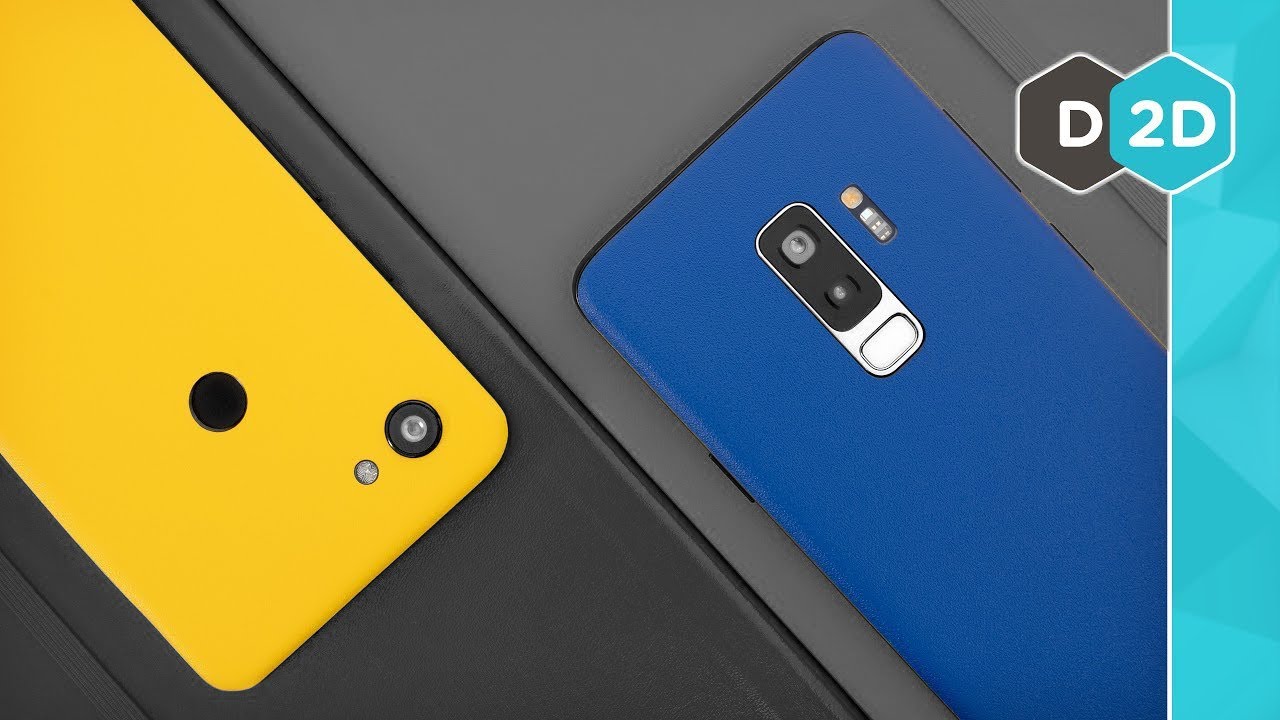
The 2019 iPhone models haven’t even been officially announced yet, and we’re already starting to see reports about what will be in the 2020 iPhones. We’ve compiled the most notable ones here, but take these with a big grain of salt. Even if these reports are accurate representations of what suppliers are saying, or come from moles within Apple itself, the company’s plans can and do change. There’s still plenty of time before the design and features have to be totally set in stone.
Update 12/20/19:A DigiTimes report claims that the 5G iPhones due next year will implement Sensor-shift image stabilization.
Sensor-shift image stabilization
A new report from DigiTimes (which has a spotty record on future iPhone predictions) says that the 5G iPhones due in 2020 will implement image stabilization via sensor-shift technology.
Current optical image stabilization in iPhones uses a gyroscope to move an entire camera array—sensor and lenses—in order to reduce small shakes and vibrations. In addition iPhones employ electronics image stabilization when recording video, using the phone’s motion sensors to shift the recorded area on the sensor in order to counteract vibrations.
Some sites are reporting that sensor-shift stabilization would bring image stabilization to the ultrawide camera on the iPhone, where it does not currently exist in the iPhone 11. This is not necessarily the case; the “lenses” the back of the iPhone (Wide, Ultrawide, and Telephoto) are not merely lens arrays that point at a single sensor. They are entire camera modules, with their own independent sensors and lens arrays.
For sensor-shift technology to apply to the ultrawide camera on an iPhone, it would need to be independently applied to that camera’s sensor, just as the current optical image stabilization and could have been, if Apple chose to.
The main benefits of a sensor-shift technology for image stabilization is that a fixed nonmoving lens array is subject to fewer compromises and could be of higher quality, and that the iPhone could make deliberate sup-pixel shifts to the sensor to take multiple exposures that are combined to provide higher resolution photos.
Sensor-shift technology is fairly common in higher-end mirrorless and DSLR cameras.
Larger batteries due to new circuitry
After rumors of a new design, new models, and new displays, this rumor is decidedly ho-hum: The 2020 iPhones are tipped to have bigger batteries due to new battery protection circuits. According to the Korean publication The Elec, the iPhone 12 will use customized Protection Module Packages circuits instead of the Protection Circuit Modules used in the iPhone 11. That will reportedly free up more space inside the phone, which could be used to make the battery bigger. With the presumed launch of a 5G modem inside all 2020 models, the iPhone will need as much battery life as it can get, as those modems generally use more power than LTE ones.
The Elec reports that…
https://www.macworld.com/article/3403010/apple-2020-iphone-12-rumors-oled-5g-camera-processor-design.html#tk.rss_all















